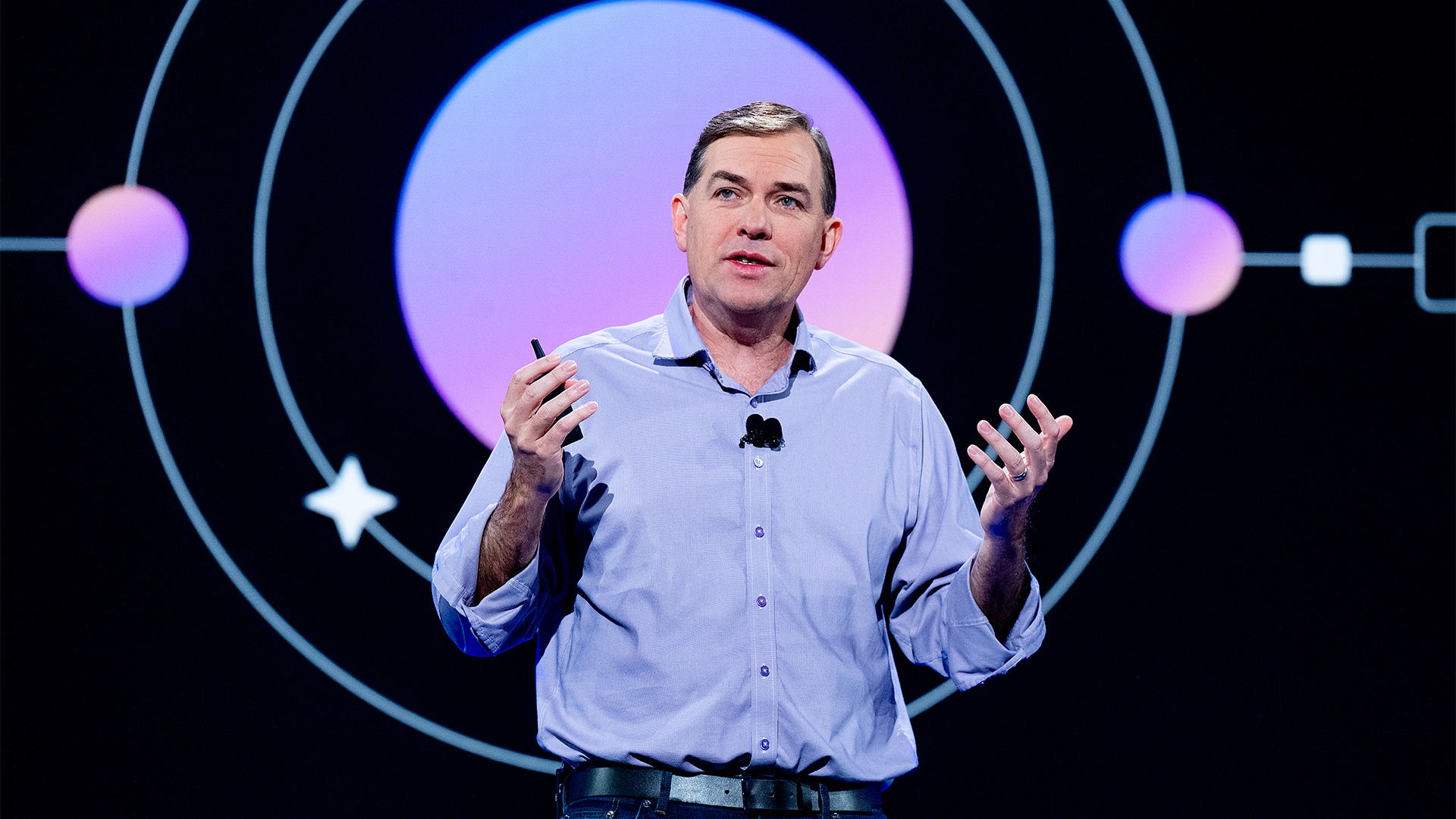Observability opens up new opportunities for the channel
Channel partners are responding to the growing demand for observability products to help customers keep track of their data and assets across cloud, serverless, and containerized environments


The channel is constantly under pressure to find new solutions and delivery models that meet customer expectations. But before partners invest in new tools, products, and integrations, they need to have some reassurance that they’re going to see a healthy return.
It would be nice to have a crystal ball that predicts which technologies or trends will provide that return. However, it’s more practical to track the developments of PaaS and SaaS segments that offer growth opportunities.
The observability tools and platforms market is one area that is experiencing significant growth. This is driven by the need for organizations to protect their cloud investments and improve operational efficiencies.
Demand is increasing because organizations are in a constant state of flux when it comes to cloud adoption and AI integration. SMB and enterprise organizations are investing in observability tools to improve visibility into their complex and distributed systems, identify bottlenecks and failures, and resolve performance and security issues in real-time.
“Gartner expects the market for observability products to reach an estimated $14.2 billion by 2028,” according to the 2025 Gartner Magic Quadrant for Observability Platforms.
This is creating new SaaS opportunities for channel partners wanting to expand into a new category, or for those looking to diversify their existing observability portfolios.
Leveraging the cybersecurity dynamic
Observability and infrastructure monitoring have become essential for organizations that need real-time visibility into their systems, applications, and services, which has boosted the market for cloud and application performance monitoring.
Stay up to date with the latest Channel industry news and analysis with our twice-weekly newsletter
However, the scope of observability doesn’t end there. The principles applied to monitoring the health and performance of hybrid-cloud, multi-cloud, and serverless environments can also be applied to securing those environments. Organizations can identify and resolve cybersecurity threats using detailed observability data. This opens the door to cybersecurity specialists looking to diversify and increase revenues with value-added propositions.
Developers, cybersecurity, and operations teams can all leverage detailed observability data to accelerate security investigations, breaking down silos and fostering a culture of collaboration. This suits the DevSecOps model that medium to large enterprises have adopted to operate and protect dynamic cloud environments.
The full scope of observability
Observability use cases also extend to FinOps – the practice that enables engineering teams to own their costs and maximize the value they get from the cloud. Organizations can use observability data to better understand and continually optimize cloud investments and achieve sustainable cost efficiencies. A necessary resource at a time when companies everywhere are looking at reasonable ways to address their tech debt.
Our own report on the State of Cloud Costs found 83 percent of container costs are associated with idle resources. Organizations can avoid this type of waste by having clear oversight over cloud platforms and their costs.
Similarly, observability data and tools are also powering AIOps – the practice that is helping to automate IT operations processes. AIOps gives organizations the ability to manage and monitor their cloud and IT stack more effectively. By combining AI and machine learning with real-time data analysis, AIOps prevents incidents from turning into outages by proactively detecting and addressing issues before they have a more serious impact.
What all this amounts to is the need for a centralized monitoring platform with full-stack visibility for the purposes of scalability, performance, and security. Access to a unified platform solution that caters to the constantly evolving cloud and security monitoring needs of organizations will give channel partners a competitive edge.
This is because legacy monitoring tools are too fragmented, unable to keep track of the sprawl of data, SaaS platforms, and containers that businesses accumulate. As a result, customer organizations are desperately in need of observability tools that offer a consolidated view of their operations and provide them with insights into the performance of their applications and infrastructure.
These platforms and tools are readily available through partner programmes that offer new routes to market. For instance, we have a presence across the channel ecosystem, enabling partners to access our own platform and procure via the AWS, GCP, or Microsoft Azure marketplaces.
Our aim has always been to help partners develop and scale their observability practices to align with customer requirements. Depending on their stage of cloud maturity, end-user requirements will vary. That’s why channel partners need access to solutions that span the entire IT stack, targeting DevOps and DevSecOps functions, besides emerging practices such as FinOps and AIOps.
The importance of strategic partnerships
Partnerships built on real collaboration are key, and we’ve definitely focused our efforts on doing just this. It’s especially the case in EMEA, where the channel is realizing the potential of observability. Channel advocacy and support extend across the organization, all the way up to the senior executive level.
They’re invested in growing key partnerships and sponsoring joint sales activities. This has often led to joint engagements with prospects and customers. It strengthens relationships and ensures that channel partners are closely involved in our planning and sales cycles.
We know from regular interactions that business stakeholders are just as invested in monitoring and observability as their colleagues in IT and operations. They want to ensure the smooth running of the infrastructure and applications that underpin their own business units. For that reason, the buyer persona is constantly expanding, moving beyond the typical DevOps and DevSecOps functions that drive observability.
Creating a new channel offering
Modern observability is creating new channel opportunities for the partner community across the EMEA region. Organizations are looking for platforms that provide unified, real-time observability of their entire technology stack. Solutions that trigger alerts, facilitate incident management and response, while proactively dealing with cyber threats in real-time.
A new breed of partner has emerged, able to capitalize on this demand by offering flexible, modular solutions that cater to every stage of cloud maturity, appealing to both technical and non-technical buyers.
New observability partnerships built on collaboration are creating sustainable channel offerings that deliver new revenue streams and healthy margins. Particularly at a time when partners are exploring what SaaS solutions they can adopt to stand out in a heavily saturated marketplace.

Jarrod Buckley is the vice president of channels and alliances at Datadog. Prior to his current role, Buckley led global sales and partner teams at R3, AWS and Informatica. He has more than 20 years of experience in building partner and customer ecosystems at high-growth companies specializing in technologies including cloud, machine learning, blockchain and analytics software.
-
 HPE and Nvidia launch first EU AI factory lab in France
HPE and Nvidia launch first EU AI factory lab in FranceThe facility will let customers test and validate their sovereign AI factories
-
 AWS CEO Matt Garman says AI agents will have 'as much impact on your business as the internet or cloud'
AWS CEO Matt Garman says AI agents will have 'as much impact on your business as the internet or cloud'News Garman told attendees at AWS re:Invent that AI agents represent a paradigm shift in the trajectory of AI and will finally unlock returns on investment for enterprises.
-
 How channel-supported smart decisions can pay off now and in the future
How channel-supported smart decisions can pay off now and in the futureIndustry Insights How can partners help retailers make smarter IT investments this Black Friday?
-
 Circular services: The next growth engine for channel partners
Circular services: The next growth engine for channel partnersIndustry Insights Why circular services are the next growth engine for channel partners
-
 The power of partner ecosystems in today’s tax landscape
The power of partner ecosystems in today’s tax landscapeIndustry Insights Technology transformations enable tax teams to embrace partnerships in a more collaborative manner
-
 When the vendor fails: Why B2B buyers need escrow as a priority for their software stack
When the vendor fails: Why B2B buyers need escrow as a priority for their software stackIndustry Insights Channel partners need stronger governance to navigate vendor collapse…
-
 Building enduring channel partnerships in a multi-generational IT environment
Building enduring channel partnerships in a multi-generational IT environmentIndustry Insights Partners are evolving from sellers to strategic advisors, prioritizing customer outcomes
-
 Is channel know-how the key to de-risking enterprise AI plans?
Is channel know-how the key to de-risking enterprise AI plans?Industry Insights Channel partners could be the key to enterprises successfully developing their AI projects and implementations…
-
 The MSP market has changed – we need to change how we think about it
The MSP market has changed – we need to change how we think about itIndustry Insights MSPs are advancing beyond IT, offering resilience and specialist services through co-management
-
 Empowered employees strengthen financial sector digital resilience
Empowered employees strengthen financial sector digital resilienceIndustry Insights Intelligent, bespoke employee cybersecurity training and awareness is critical for DORA compliance